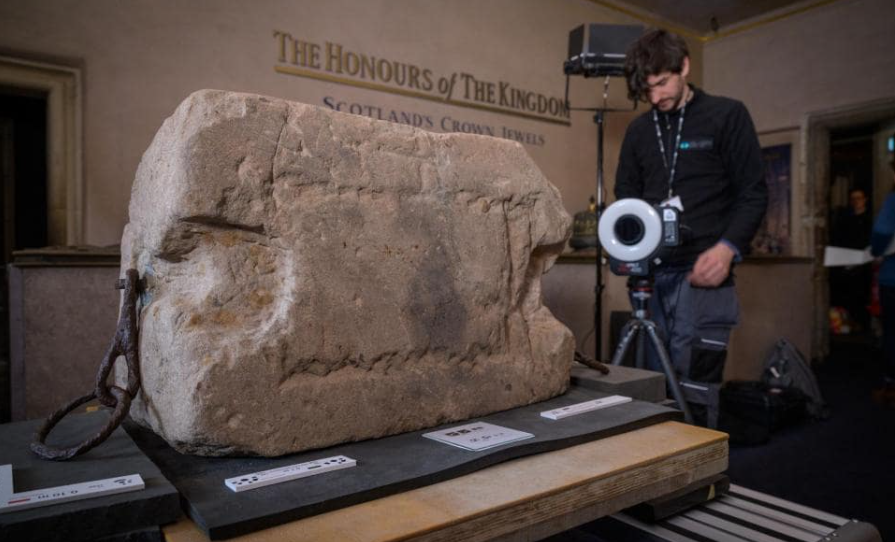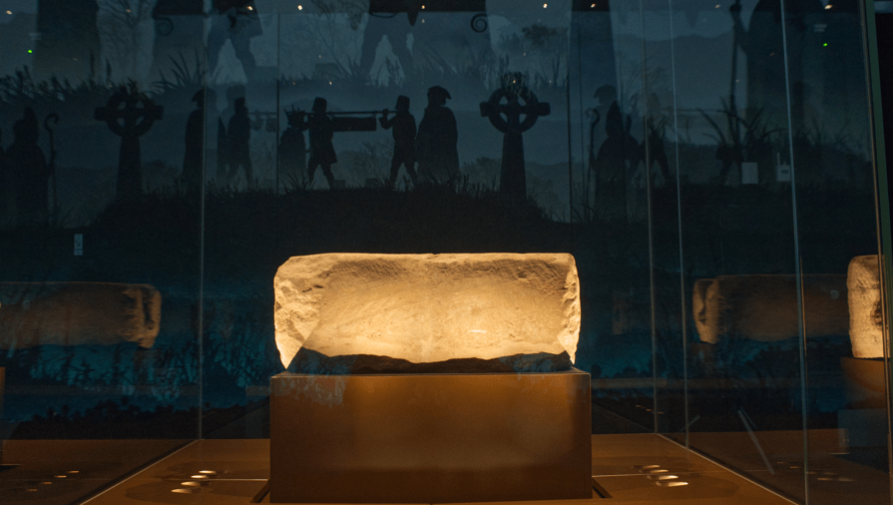This symbol of Scottish royalty had humble beginnings, according to experts.
Others are reading now
The Stone of Destiny, a historic symbol of Scottish royalty with origins dating back almost a thousand years, has long been enveloped in mystery and legendary tales linking it to biblical heroes and ancient pharaohs.
But a recent exhibition has revealed a new theory: the stone may have originally served as a simple doorstep.
Revelations from Recent Analysis
Known also as the Stone of Scone and referred to in England as the Coronation Stone, this artifact has been the subject of scientific analysis ahead of its relocation from Edinburgh Castle to its new permanent display at Perth Museum, which opened last month.
Also read
The analysis revealed wear on the top surface of the 335-pound stone, suggesting it was stepped on before its revered use in the crowning ceremonies of Scotland’s monarchs at Scone, near Perth, in medieval times.
The first documented crowning on the Stone was that of Alexander III in 1249, during which it was draped in gold silk to conceal its worn surface. It later became part of Edward Longshanks’ throne at Westminster after he seized it.
In 1996, the Stone was returned to Scotland and displayed in Edinburgh Castle’s Crown Room, until its brief return to Westminster Abbey for the coronation of Charles III last year.
Recent studies conducted in preparation for its move to Westminster revealed that the Stone was likely quarried locally from the Scone area, raising the possibility that it might have originally been used in a nearby church or perhaps even a Roman building.

The Stone’s Historical Significance
One popular legend suggests the Stone was “Jacob’s pillow,” used by Jacob in the biblical story of his vision of a ladder to heaven. However, no plausible origin stories corroborate with the wear patterns found during scientific analysis.
Dr. Nicki Scott, Senior Cultural Significance Advisor at Historic Environment Scotland (HES), commented on the findings: “While there are known inauguration rituals where the individual stepped onto the stone, like at Dunadd Hillfort, the degree of wear on the Stone of Destiny suggests it was used more extensively as a step before becoming a ceremonial object.”
Professor Dauvit Broun of the University of Glasgow, who has been instrumental in reinterpreting the Stone’s history for the Perth Museum exhibition, noted, “The evidence is quite compelling. It suggests that the Stone was initially a practical step before being repurposed as an inaugural throne.”
It now resides in Perth Museum, having returned to its ancestral region for the first time in seven centuries after the recent coronation.


